Technology
Apple debuts 4 new iPhone 12, with 5G and 5nm chips
Today, the company is officially revealing its most advanced smartphones yet, featuring redesigned bodies, the world’s first 5-nanometer processors, and 5G capabilities that will finally put iPhone cellular connectivity on par with numerous Android rivals. As the top-selling smartphones in the United States, as well as many countries throughout the world, the new devices are expected to kick off mass adoption of both 5G and 5nm chip technologies.
Following new naming conventions introduced last year, Apple is distinguishing midrange iPhone 12 devices from higher-end iPhone 12 Pro versions, using a combination of higher-end materials and cameras to set the otherwise similar phones apart from one another. This year, there are two screen sizes for each iPhone tier, overlapping in the center, such that a 5.4-inch iPhone 12 mini and 6.1-inch iPhone 12 use aluminum frames, while a 6.1-inch iPhone 12 Pro and 6.7-inch iPhone 12 Pro Max have stainless steel cores.
The “standard” 6.1-inch iPhone 12 includes an OLED screen with a 2,000,000:1 contrast ratio, 1,200 nits of brightness, and 460 PPI pixel density, covered by a new Corning-developed Ceramic Shield screen glass that promises enhanced toughness against damage — more than any smartphone glass, with four times the prior resilience to drops. A smaller iPhone 12 mini has all the same features as the iPhone 12, but with the aforementioned 5.4-inch screen and a physically smaller form factor — a design that Apple claims is the smallest, thinnest 5G smartphone in the world.
Oddly, Apple is playing pricing games with the iPhone 12 mini and iPhone 12, which were marketed as priced at $699 and $799, respectively. But small print on the company’s website reveals that those numbers are based on “special offers” from Verizon and AT&T, while T-Mobile, Sprint, and unlocked carrier models are $30 more expensive. That means the actual prices are $729 and $829, respectively.
Apple also announced the $999 iPhone 12 Pro and $1,099 iPhone 12 Pro Max, bringing larger displays into form factors similar to the iPhone 11 Pro. Like the standard iPhone 12 models, the Pro displays boast 2,000,000:1 contrast ratios and 1,200 nits of brightness, but add a surgical stainless steel housing that promises IP68 water resistance to depths of six meters. The iPhone 12 Pro and Max now start at 128GB of storage capacity, versus the iPhone 12 and mini models at 64GB, and there’s no price difference between carriers.
All of the models continue to use Apple’s proprietary Lightning connector for wired charging, but also support universal Qi wireless charging, plus a revived Apple power solution called MagSafe — magnetic inductive charging at 15 watt speeds, twice the peak of prior iPhones’ Qi support. MagSafe Chargers will sell separately for $39 rather than coming in the box, and will work with $49 cases. Wired accessories are changing a bit, too: Apple is removing USB wall chargers and EarPods headphones from the new iPhones’ boxes, ostensibly for environmental reasons, but will include USB-C to Lightning cables with all four models.
On the 5G front, Apple is including support for low, mid, and high 5G bands in the U.S. version of the iPhone 12, while leaving out high band (millimeter wave) support in international models. Regardless of the territory where the phone is used, the iPhone 12 includes a Smart Data Mode that can automatically toggle between 4G and 5G networks to improve battery performance. Under ideal conditions tested internationally using low and mid band (sub-6GHz) networks, Apple says, the peak speed iPhone 12 has achieved is 3.5Gbps, while in the U.S., the top millimeter wave speed is 4Gbps, with an average of 1Gbps.
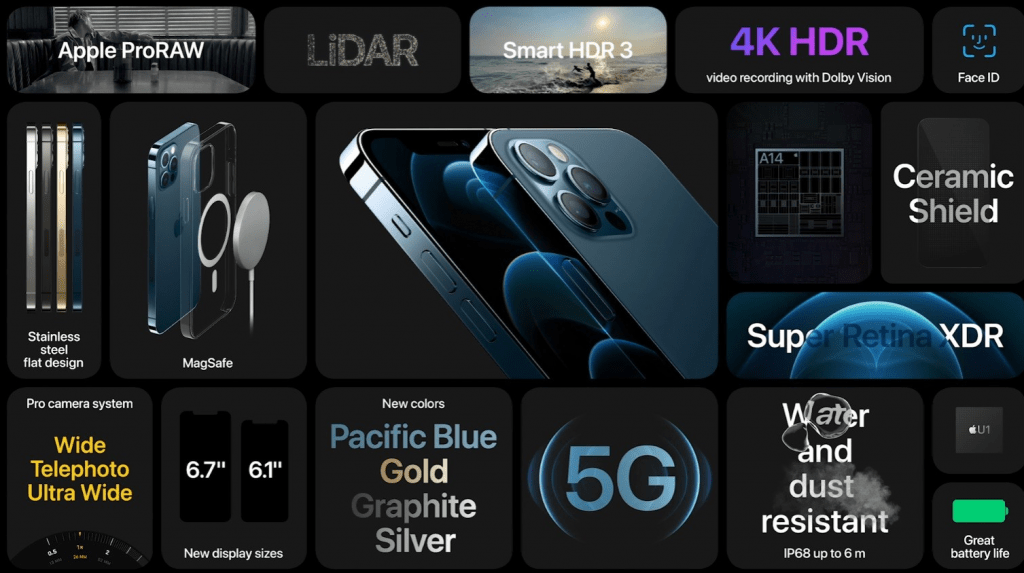
The iPhone 12 uses brand new Apple A14 Bionic processors, the first system-on-chip designs using TSMC’s bleeding-edge 5nm fabrication process. Chips fabricated at 5nm scale can be smaller and more power efficient than prior-generation 7nm processors, or pack more transistors into the same area for greater computing power at the same level of power consumption. The A14 includes 11.8 billion transistors, and while Apple notes that it’s up to 50% faster than any other smartphone chip in CPU and GPU performance, it’s also 20-27% faster in CPU performance, and up to 72% faster in graphics performance than last year’s A13 Bionic. In the AI department, Apple is promising 11 TOPS — 11 trillion operations per second — which should bump machine learning functions by 70-80% relative to the prior chip.
While preserving the two-camera (ultra-wide and regular) design of the iPhone 11, the iPhone 12’s rear cameras have been bumped to f/1.6 apertures and optically upgraded for superior low-light performance. The Pro variants each add a zoom lens, but they differ by size: Though the iPhone 12 Pro has a 52mm-equivalent 2x optical zoom lens, the Pro Max includes a 65mm-equivalent 2.5x optical zoom, giving customers a reason besides screen size to prefer the most expensive model. Imaging sensor size improvements in the Pro models enable their pixels to gather more light than last year’s models, as well: 87% more than before, accompanied by DSLR-style sensor-shifting optical image stabilization technology.
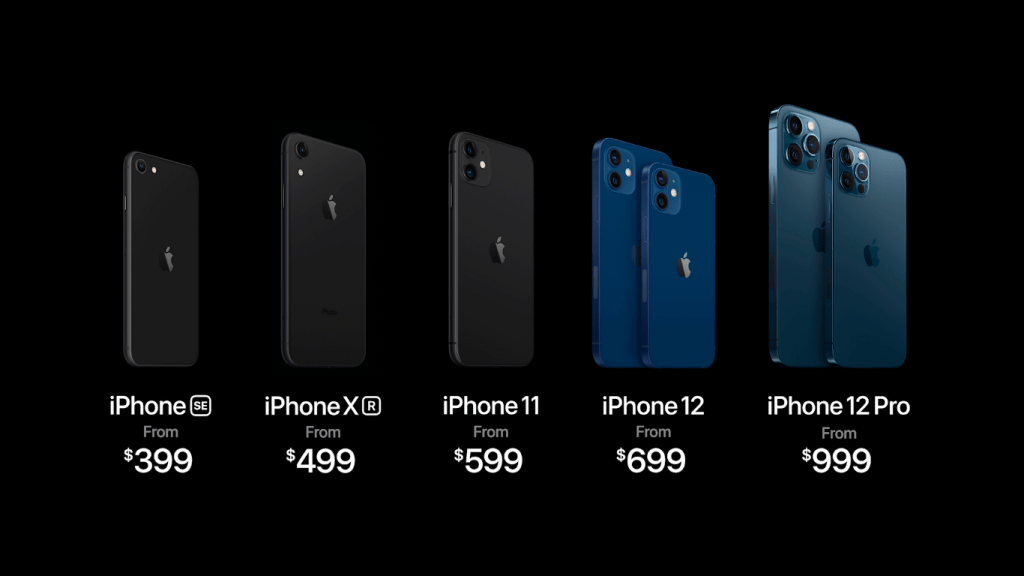
Using computational photography, Night Mode has been upgraded to work across each iPhone 12 model’s front and rear cameras. A new Night Mode Time-lapse feature has been added for use when the phone is mounted on a tripod. On the Pro phones, Apple is introducing Apple ProRAW as a new format that combines a RAW image format with the benefits of multiple near-simultaneous exposures, so photographers can go back and tweak the levels of images after they were exposed. A new 10-bit HDR video recording mode is also being introduced, including support for 4K/60 frame per second Dolby Vision HDR. While Qualcomm showed Snapdragon CPUs with this ability last December, Apple claims the iPhone 12 Pro will have the first smartphone cameras with this feature, and also be the first to be able to actually edit Dolby Vision HDR videos directly from the phone.
Apple also confirmed that the iPhone 12 Pro models will include Lidar scanners. They’ll be used not only for room scanning and AR applications, but also to enable faster autofocus in videos and photos, improving the speed of low light autofocus by six times.
The notorious screen notch introduced in the iPhone X appears for the fourth consecutive time in the iPhone 12 family, holding a traditional “selfie” camera and front-facing depth sensor for facial authentication, as well as an ear speaker. Apple’s rivals have used less visually intrusive designs such as a punched camera hole or a pop-up camera, while tests continue on under-screen cameras that don’t need to be visible at all times.
Like the iPhone 11 family, Apple is offering the phones in different colors, separately distinguishing each family by glass finishes. As leaked prior to the event by Evan Blass, the standard iPhone 12 series comes in five tones including black, white, navy blue, an orange-tinted red, and aqua green, each with a glossy glass back, while the iPhone 12 Pro comes in “bright gold,” silver, space gray-replacing graphite, and Pacific Blue finishes with matte glass backs. The basic premise of each design is similar to the iPhone 11 in sandwiching a metal frame between panes of glass, but this year’s frames return to the classic flat edges Apple introduced in the iPhone 4, with corner radiuses similar to the last two iPad Pro models.
The iPhone 12 and iPhone 12 Pro will be available for preorder on October 16 and ship on October 23. The iPhone 12 mini and Pro Max will go up for preorder on November 6 and ship starting on November 13.
Specifications
| iPhone 12 mini | iPhone 12 | iPhone 12 Pro | iPhone 12 Pro Max | |
|---|---|---|---|---|
| Price (starting) | $699/$729 | $799/$829 | $999 | $1,099 |
| Dimensions (inches) | 5.18 x 2.53 x 0.29 | 5.78 x 2.82 x 0.29 | 5.78 x 2.82 x 0.29 | 6.33 x 3.07 x 0.29 |
| Weight (ounces) | 4.76 | 5.78 | 6.66 | 8.03 |
| Processor | A14 Bionic | A14 Bionic | A14 Bionic | A14 Bionic |
| Storage | 64GB, 128GB, 256GB | 64GB, 128GB, 256GB | 128GB, 256GB, 512GB | 128GB, 256GB, 512GB |
| Display type | 5.4-inch Super Retina XDR | 6.1-inch Super Retina XDR | 6.1-inch Super Retina XDR | 6.7-inch Super Retina XDR |
| Resolution | 2,340 x 1,080 at 476ppi | 2,532 x 1,170 at 460ppi | 2,532 x 1,170 at 460ppi | 2,778 x 1,284 at 458ppi |
| True Tone | Yes | Yes | Yes | Yes |
| Biometrics | Face ID | Face ID | Face ID | Face ID |
| Connectivity | 5G (Sub-6GHz and mmWave) Gigabit-class LTE Wi-Fi 6 Bluetooth 5.0 | 5G (Sub-6GHz and mmWave) Gigabit-class LTE Wi-Fi 6 Bluetooth 5.0 | 5G (Sub-6GHz and mmWave) Gigabit-class LTE Wi-Fi 6 Bluetooth 5.0 | 5G (Sub-6GHz and mmWave) Gigabit-class LTE Wi-Fi 6 Bluetooth 5.0 |
| Rear Cameras | 12MP Ultra Wide 12MP Wide | 12MP Ultra Wide 12MP Wide | 12MP Ultra Wide 12MP Wide 12MP Telephoto | 12MP Ultra Wide 12MP Wide 12MP Telephoto |
| Video | 4K 60fps, 4K 30fps HDR with Dolby Vision, 1080p 240fps Slo-Mo | 4K 60fps, 4K 30fps HDR with Dolby Vision, 1080p 240fps Slo-Mo | 4K 60fps, 4K 30fps HDR with Dolby Vision, 1080p 240fps Slo-Mo | 4K 60fps, 4K 30fps HDR with Dolby Vision, 1080p 240fps Slo-Mo |
| Front Camera | 12MP TrueDepth | 12MP TrueDepth | 12MP TrueDepth | 12MP TrueDepth |
| Battery Size (Video playback time) | Up to 15 hours | Up to 17 hours | Up to 17 hours | Up to 20 hours |
| Colors | Black, White, Blue, Green, (Product)Red | Black, White, Blue, Green, (Product)Red | Graphite, Silver, Gold, Pacific Blue | Graphite, Silver, Gold, Pacific Blue |


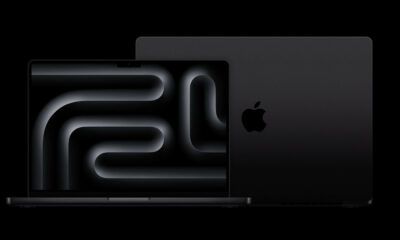
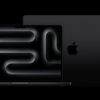
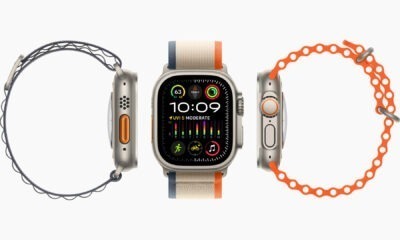
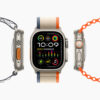
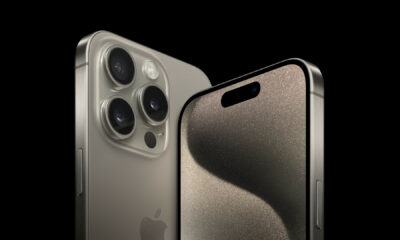

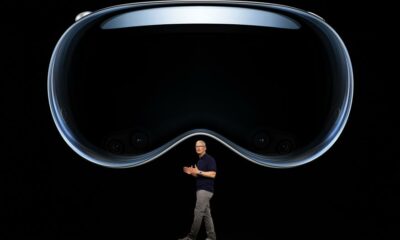
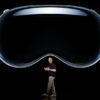









Recent Comments